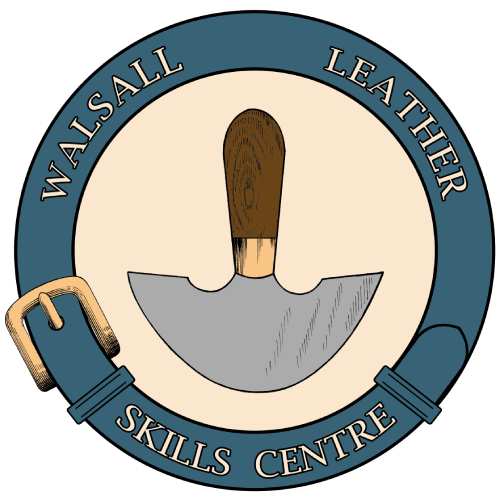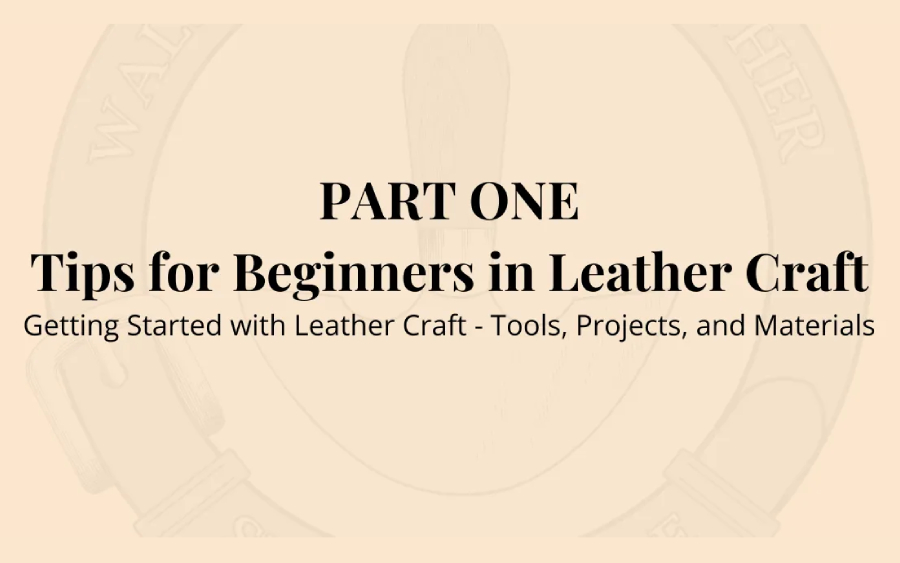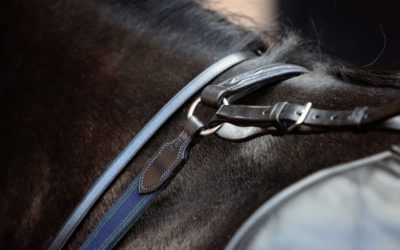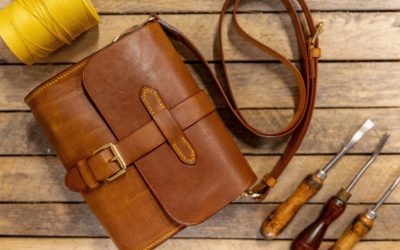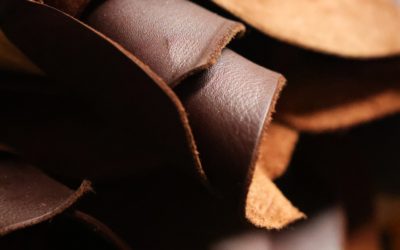Leather crafting is a rewarding and timeless skill, perfect for those who enjoy creating practical, beautiful pieces by hand.
In this beginner’s guide, we’ll cover the essential tools, simple starter projects, and the basic materials you’ll need to get started. Whether you’re looking to try something new or develop skills for a future career, this guide is the perfect starting point for your leather crafting journey.

Gather the Right Tools
When starting any craft, it is essential to have the right tools. Leather working is no exception. Here’s a list of equipment that every beginner should have:
- Cutting Tools: A round knife or sharp utility knife will help you cut leather with precision.
- Cutting Board: Your safety is imperative. Ensure you have somewhere to use and store tools. Avoid damage to surfaces by using good quality cutting boards.
- Stitching Tools: An awl, stitching needles, and waxed thread are must-haves for creating durable, neat stitches.
- Edge Tools: To finish the edges of your project, you’ll need an edge beveler and a slicker for a polished look.
- Marking Tools: A metal safety ruler and stylus tool or special leather pen to mark out patterns on the leather without damaging the surface.
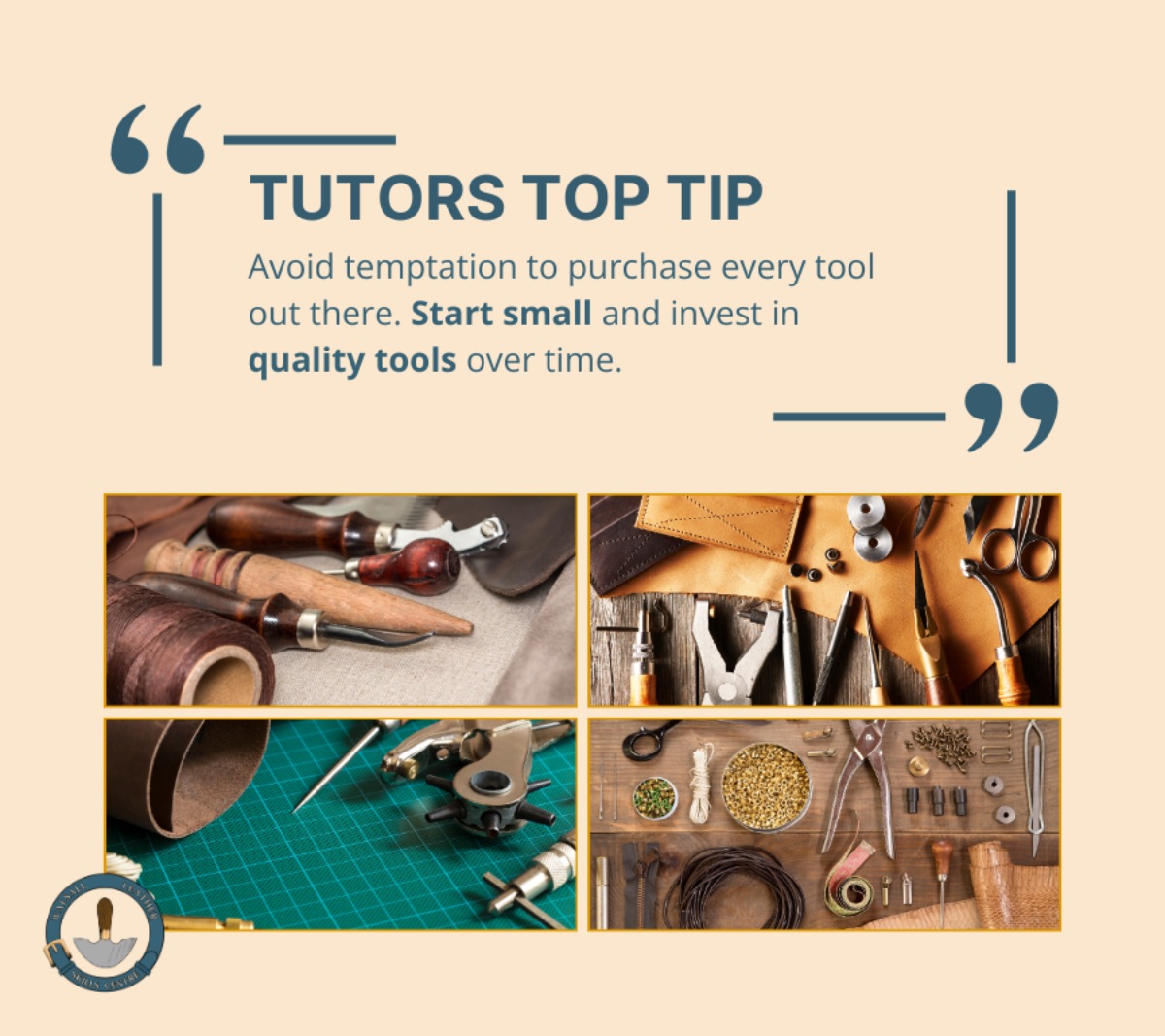
Start with Simple Projects
As a beginner, you’ll want to start with simple projects. This is help you develop basic skills and build confidence. Here are a few easy projects that are perfect for those new to leather crafting:
- Leather Keychain: A quick project that teaches you basic cutting and stitching.
- Cardholder: A simple but useful item that helps you practice straight cuts and hand-stitching.
- Belt: Once you’re comfortable with smaller projects, a leather belt is a great next step to test your skills on a larger scale.
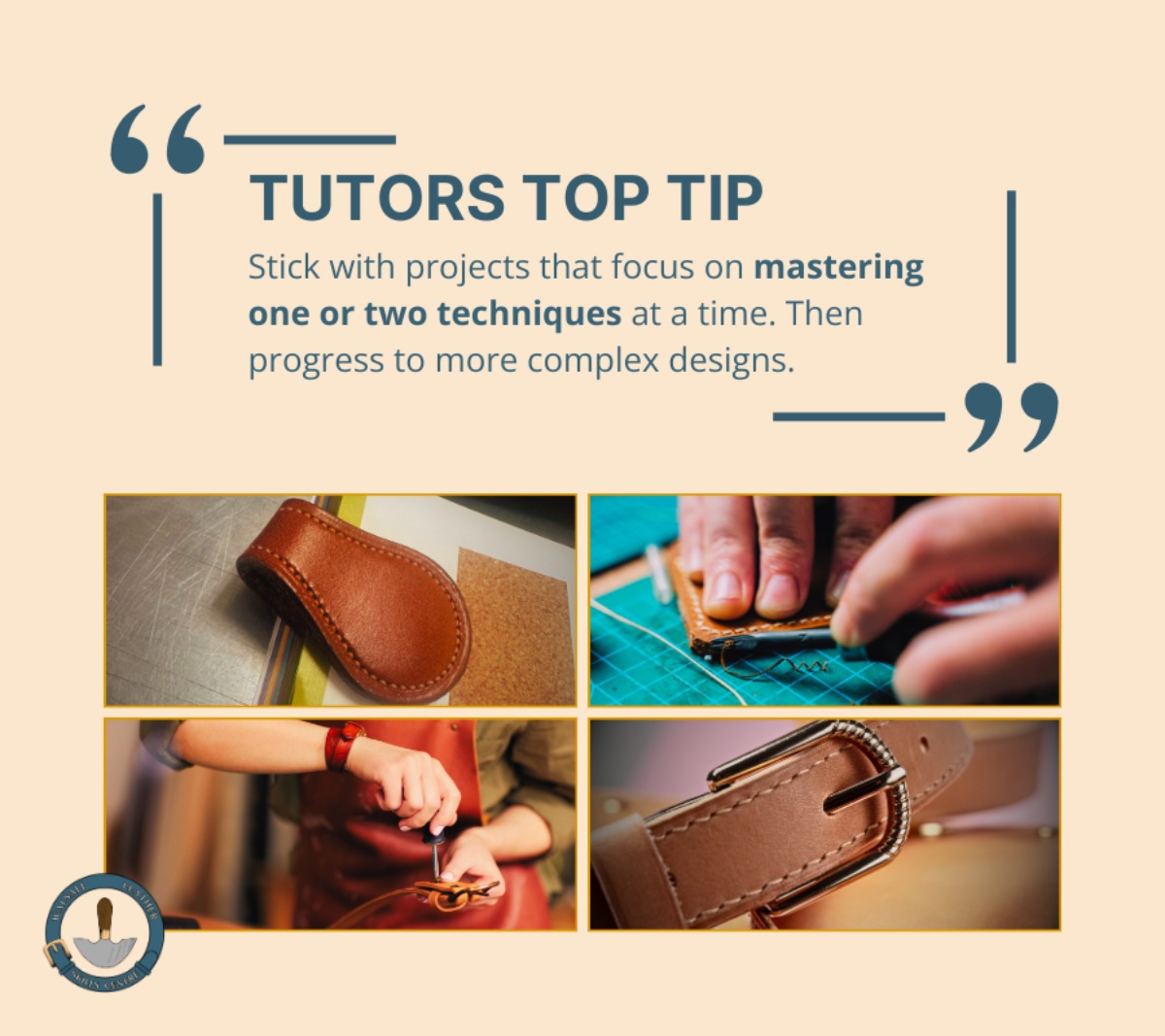
Learn About Different Types of Leather
One of the first things you’ll notice about leather crafting is that not all leather is created equal. There are leather treatment processes that can alter the workability and function of leather. Different leather is best suited to different leather crafts.
As a beginner to working with leather, you’ll want to have some understanding of these differences.

Here’s a breakdown of some common types of leather:
- Full-Grain Leather: The highest quality, full-grain leather retains the natural grain of the hide. It’s durable and ages beautifully, making it a popular choice for high-end projects.
- Top-Grain Leather: Slightly more processed than full-grain, top-grain leather is still of a high quality but with some imperfections removed.
- Vegetable-Tanned Leather: Known for its durability and natural look, vegetable-tanned leather is ideal for beginners; it’s easy to work with and can be dyed and moulded to your liking.
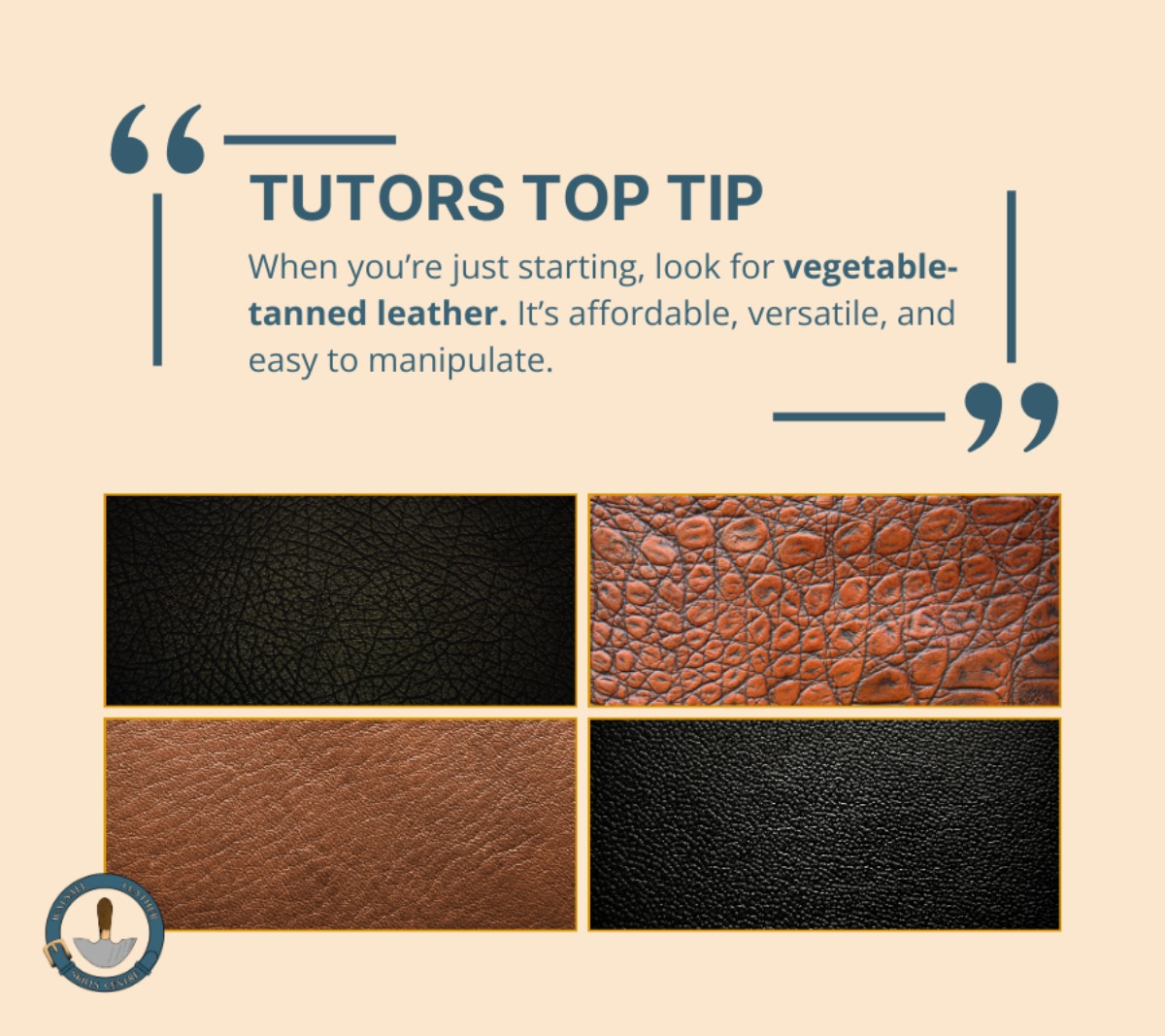
Getting started with leather crafting doesn’t have to be complicated.
With the right tools, simple projects, and basic understanding of materials, you’re well on your way to mastering this timeless craft. Stay tuned for Part 2, where we’ll dive into basic techniques, and how to progress from beginner projects to more advanced leather working skills.
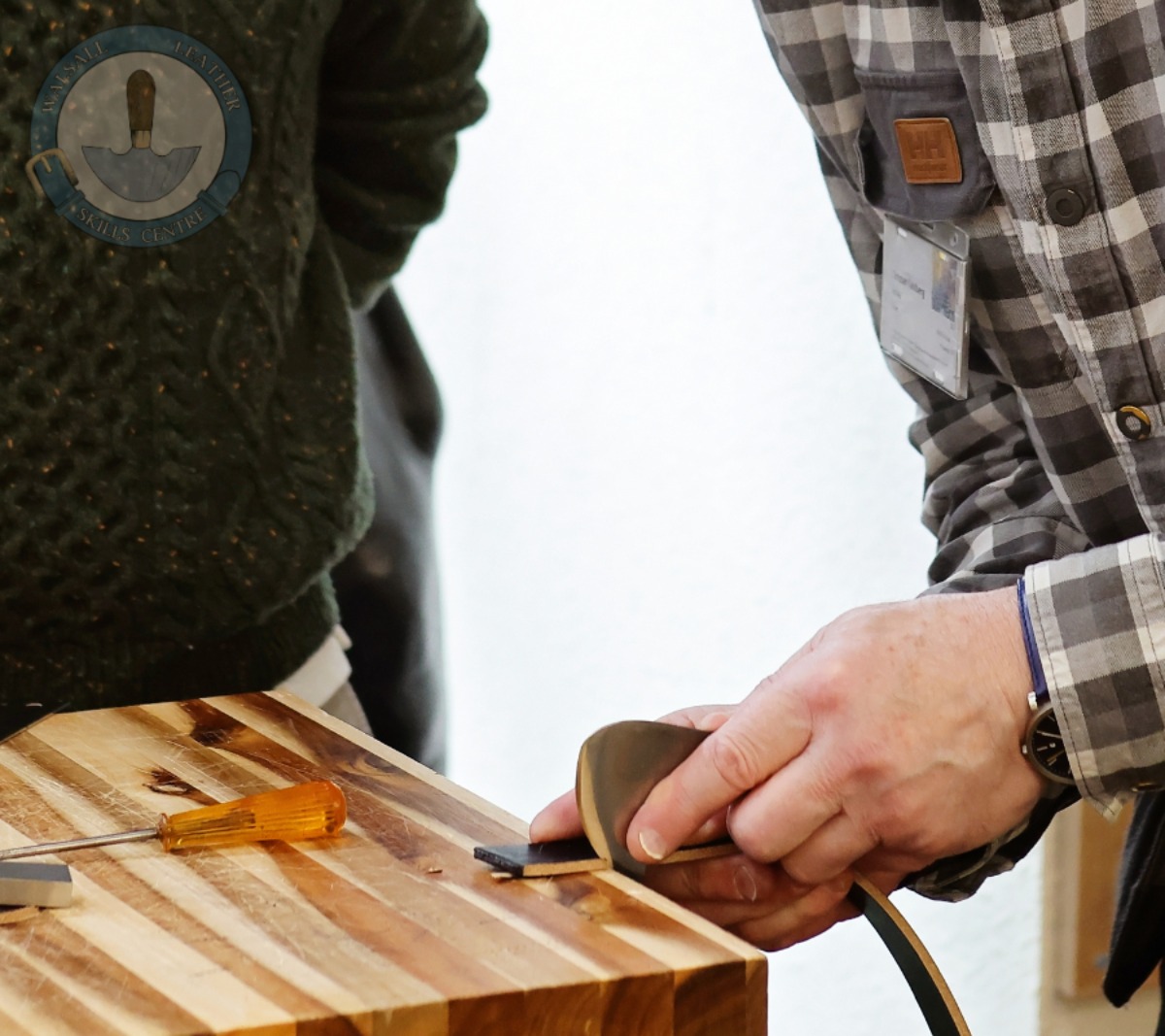
If you’re hooked and eager to develop your leather working skills, consider joining the next cohort of our Foundation Course at Walsall Leather Skills Centre. Build your confidence working with leather and receive expert guidance along the way.
